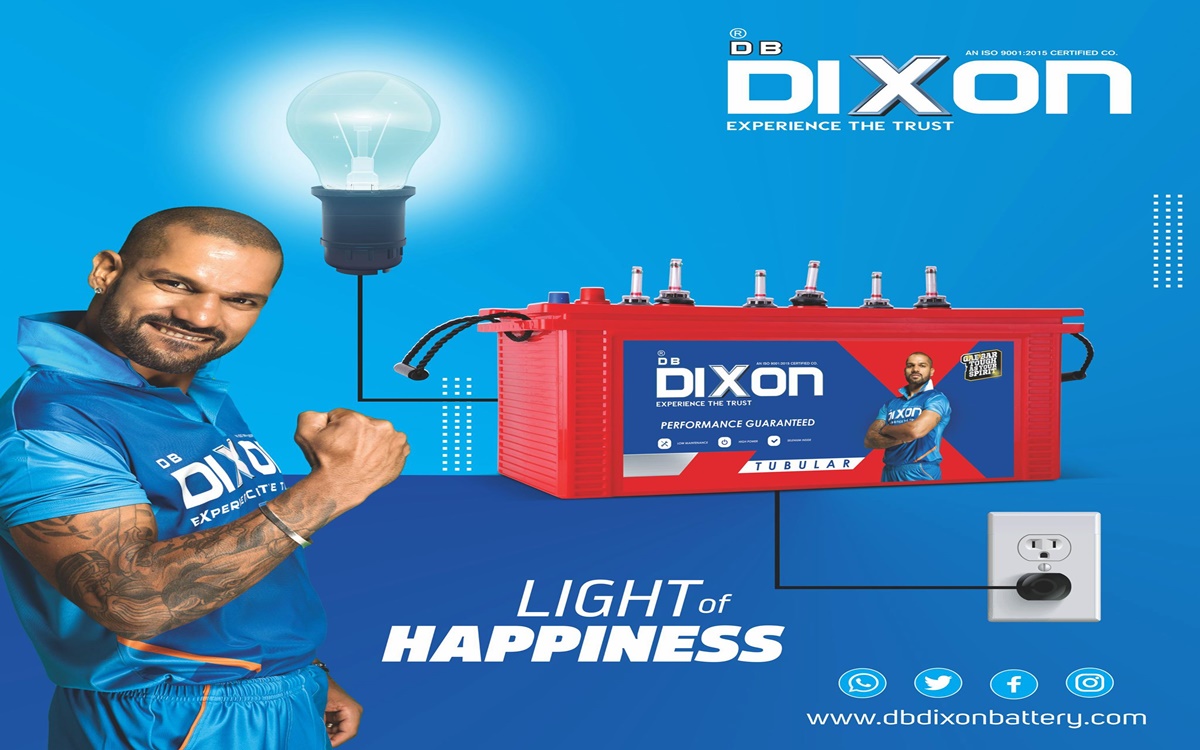When it comes to uninterrupted power supply during outages, having a reliable inverter battery is essential. However, selecting the right battery capacity to meet your energy needs can be a difficult task.
As one of India’s leading inverter battery manufacturers, DB Dixon understands the importance of sizing your inverter battery correctly.
In this blog, we will guide you through the process of matching the capacity of your inverter battery to your energy requirements, ensuring you have the best inverter battery solution for your home or business.
So, in order to get the right battery according to your home’s requirement, you need to follow these steps:
Step 1.
Understanding Energy Requirements:
Before diving into sizing your inverter battery, it is crucial to assess your energy requirements accurately. Take note of the essential appliances and devices you want to power during an outage. Make a list of the wattage or power consumption of each item to determine the total energy load.
Step 2.
Calculating Load Requirement:
To size your inverter battery, you need to calculate the load requirement. Add up the power consumption of all the devices you want to power simultaneously during an outage. This will give you the total load in watts. It is essential to consider both the running load and the starting load (which is usually higher) of appliances like refrigerators, air conditioners or water pumps.
Step 3.
Determining Backup Time:
Next, estimate the backup time you desire during a power outage. Consider the average duration of outages in your area and your specific needs. It is advisable to have a backup time of at least 4-6 hours to cover short outages, while longer backup times are suitable for areas with frequent and prolonged power cuts.
Step 4.
Battery Capacity Calculation:
To calculate the required battery capacity, you can use the following formula:
Battery Capacity (in Ah) = (Total Load (in watts) x Backup Time (in hours)) / Battery Voltage (in volts)
Step 5.
Considering Battery Efficiency:
Keep in mind that batteries are not 100% efficient. Some energy is lost during the charging and discharging process. To account for these losses, it is recommended to multiply the calculated battery capacity by a factor of 1.2 to 1.5, depending on the efficiency of the inverter and battery system.
Step 6.
Choosing the Best Inverter Battery
Now that you have determined the required battery capacity, it’s time to select the best inverter battery for your needs. Look for reliable inverter battery manufacturers like DB Dixon, known for their high-quality products and commitment to customer satisfaction. Consider factors such as battery technology, brand reputation, warranty and after-sales support to make an informed decision.
Note: If you are unsure about calculating your energy requirements or sizing your inverter battery, it is advisable to seek professional advice. Inverter battery manufacturers often provide assistance in selecting the right battery capacity based on your specific needs.
To conclude, sizing your inverter battery correctly is crucial for ensuring uninterrupted power supply during outages. By accurately assessing your energy requirements, calculating the load, considering backup time and selecting the best inverter battery from trusted manufacturers like DB Dixon, you can have peace of mind knowing that your power needs will be met.
Follow Us:
